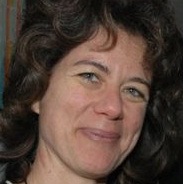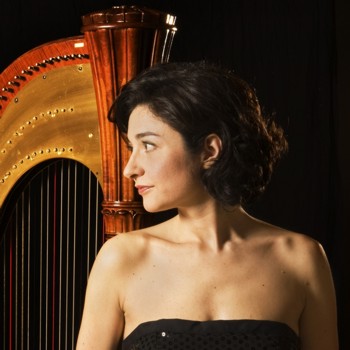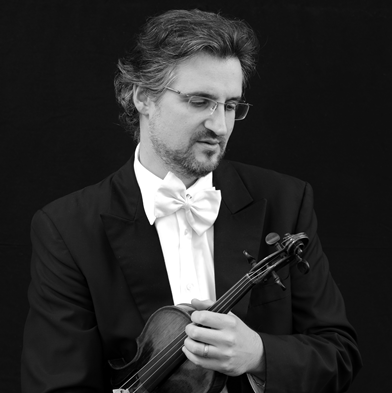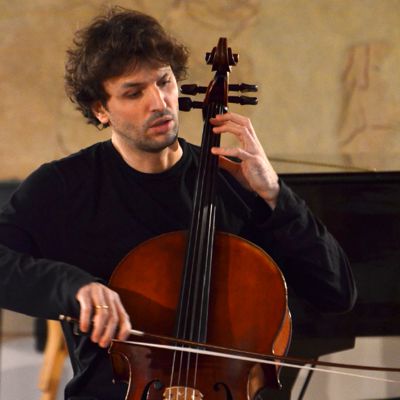SUZUKI Courses for children
This year the Music School of Milan has opened a section of courses based on the Suzuki method for the following instruments: HARP (teacher Letizia Eriano), PIANO (teacher Laura Catania Nitti), VIOLIN (teachers: Valerio D’Ercole, Enrico Piccini), CELLO (teacher Marco Radaelli). Moreover, CML courses (Children Music Laboratory, teacher Marco Radaelli) are available for children up to 7 years old.
THE SUZUKI METHOD
The Suzuki method, also called education to talent, mother-tongue method or Suzuki movement, is an educational musical philosophy invented by the Japanese violinist Shinichi in the first half of the 20th century. The Suzuki method works on students, by providing stimuli for their environment and, at the same time, developing artistic and technical growth as well as morality and character. Shinichi Suzuki, founder of the homonymous method, left Japan to move to Germany to study violin in the 1930s. However, the true reason for his coming to the West was to understand the real meaning of art, hoping to find the answer in the Europe of that time. In Berlin, he studied violin with Karl Klinger, pupil of Joseph Joachim and well-known teacher of such an instrument, and became a very close friend of Albert Einstein. He also came to know the new ideas regarding children education, which were spreading thanks to the generation of Maria Montessori and Jean Piaget. This experience was crucial for both the invention and the development of a music education method. The synthesis of such “education”, which took place in that rich and varied cultural context, was to be summarised in his expression: “Art is not something above or below me; art is linked to my deepest essence”. This depth of investigation, the richness of the European musical culture and the tuning of new and revolutionary educational methods, in which children became the subjects, were hence the breeding ground from where, thanks to a far-sighted and resourceful professor like Shinichi Suzuki, “the Suzuki Method” was created.
It is a fact that the repertoire learnt by the students of the Suzuki method, spanning from the simplest pieces of music to the pieces for concerts, takes the inspiration entirely from the music composition heritage of the Baroque or Romantic period of Europe, mainly from that of Germany, Italy and France. In his book, Suzuki refers to Pablo Casal and other European performers as models for his study for students to underline the importance of a correct imitation of the sound and of a good technique control as learners approach the instrumental performance for the first time.
Suzuki understood that “imitation” is exactly at the core of the human learning process in the first stages of life and that, through the technique that he called “of the mother-tongue language”, he proved that children could be taught in the same way as they were taught how to speak. Nothing more obvious and yet nothing more cutting-edge for that time where the great Japanese teacher was creating and codifying the method. Indeed, just like children learn to speak by way of listening to and continuously and endlessly repeating words said by parents, in the same way they learn to play by listening to and continuously repeating a piece of music, a rhythm or a melody that the very parents, instructed by the teacher, will advise them during the day so that they end up being well-known to them.
As at this point music will have entered into children and parents’ life in a completely natural way, it will become a “way of life”, through which character will be formed, and good taste as well as good manners will be developed. Children will learn to interact with others by respecting rules, but also by sharpening their sensitivity. Above all, in music children can find that company that will never make them feel alone, even more so if they are able to play an instrument.
Furthermore, integrating first into the rhythmic and then into the orchestra groups, children (with their parents) will be able to compare themselves to others, learning in practical terms to understand their role in a group, their particular style, their abilities to be and do things with others without stopping to be, as Suzuki would say, “deeply themselves”. A high-minded objective for sure. However, as the Orientals say: “aim for the moon if you want to hit an eagle”. In these few but meaningful words, we recognise the whole spirit of Suzuki schools: absolute commitment of all (students, parents and teachers) to pursue the level of studies, preparation and entering into the orchestra, which is a great ambition of all children.
For further information, please visit the website www.metodosuzuki.it
Suzuki Courses
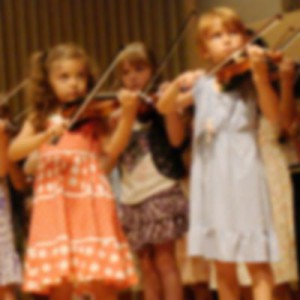 |
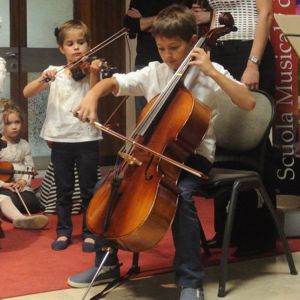 |
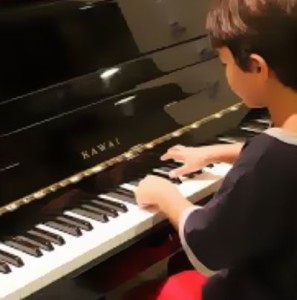 |
| Violin | Cello | Piano |
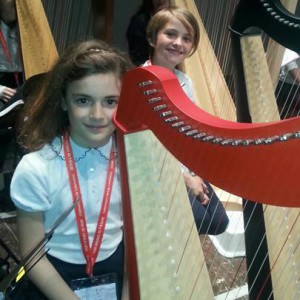 |
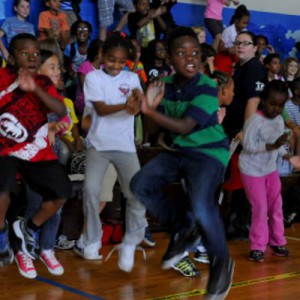 |
|
| Harp | CML – Children Music Laboratory |
